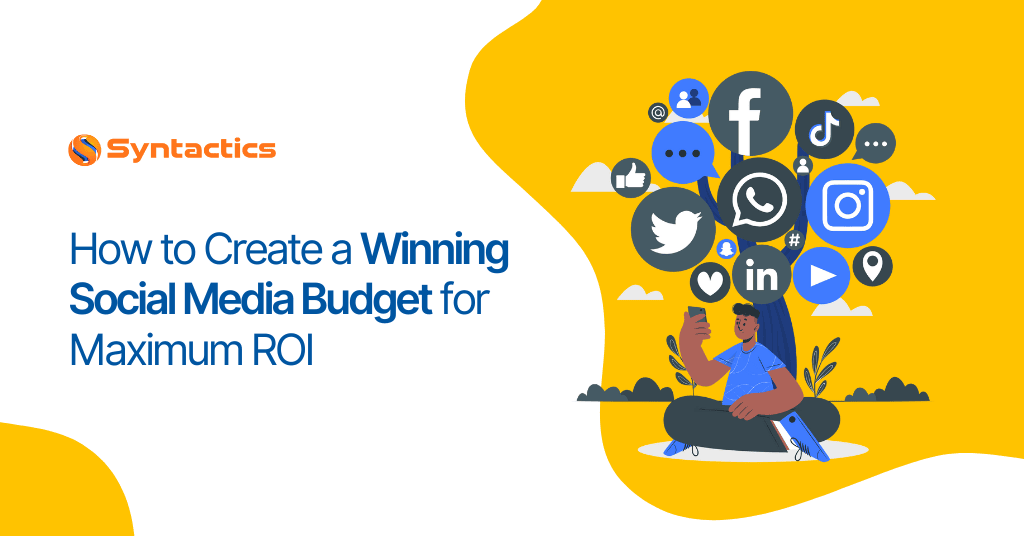
How to Create a Winning Social Media Budget for Maximum ROI
Create a smart social media budget that balances organic and paid campaigns to maximize ROI and boost engagement.
A social media budget represents a strategic blueprint that ensures financial, creative, and operational resources achieve measurable business results across digital platforms. With a structured approach, businesses can plan better, enhance accountability, and improve performance tracking, leading to higher engagement and conversions.
According to Statista, 91% of Business-to-Consumer (B2C) marketers prioritize Facebook, while 86% of Business-to-Business (B2B) focus on LinkedIn for social media marketing. This highlights the necessity for businesses to allocate their budgets strategically to leverage the right platforms and effectively connect with the target audience.
In this guide, we’ll provide actionable frameworks to balance organic and paid initiatives and align spending with results-driven objectives.
Key Takeaways
- One in four consumers prefer social media for searching brands over search engines [HubSpot].
- Many marketers felt that influencer marketing was more affordable than paying the networks directly and, at the same time, provided a better (Return-On-Investment) ROI [Neil Patel].
- The average social media budget ranges between $200 and $350 per day [Buffer].
TABLE OF CONTENTS
Balancing Organic and Paid Social Media Marketing Budget
Advanced Strategies for Social Media Budget
Planning Your Social Media Budget Template
FAQs About Social Media Budget
Balancing Organic and Paid Social Media Marketing Budget
A successful social media strategy thrives on the right mix of organic and paid efforts. While organic social helps boost brand awareness, paid social accelerates conversions. But, striking this balance also depends on six critical factors:
Business Goals
Ensure every dollar supports your overall strategy by aligning your budget based on your business goals and objectives:
- Brand Awareness: Set aside 60-70% to organic content (informative posts) and 30-40% to boosted posts (reach-based ads).
- Lead Generation: Allocate 70-80% in paid ads (sponsored content) and 20-30% in organic lead-nurturing content.
- Sales Conversions: Invest in 50-60% to pad retargeting ads and supplement with organic testimonials or User-Generated Content (UGC).
Target Audience
Understanding where your audience spends their valuable time and knowing which social media platforms users are most active on helps businesses tailor their strategies effectively. In Meta ads, search for lookalikes and custom audiences to help align with your retargeting campaigns.
PRO TIP: Allocate more budget to platforms where your audience is most responsive for maximum ROI.
Content Strategy
High-quality content fuels both organic and paid social media. According to The New York Times Licensing, 59% of marketers say that content marketing strategy boasts a powerful ROI. So, focus on high-value, platform-native content, such as Instagram Stories or LinkedIn Articles. Then, repurpose top-performing posts into paid assets.
For paid social, invest in high-converting formats like carousel ads and video ads. SproutSocial revealed that carousel ads achieve a 72% higher Click-through Rate. Meanwhile, Dash reported that 93% of marketers say video has given them good ROI as well.
To ensure its effectiveness, conduct A/B testing to determine which ad formats work best for specific campaigns and audiences.
Tools and Software
Consider investing in analytics tools and software to measure performance, adjust spending, and increase ROI:
- Organic: Utilize free tools like Canva or Capcut for content creation, and schedulers like Buffer or Hootsuite.
- Paid: Signing up for paid analytics platforms, like HubSpot or AdEspresso, enables businesses to track Return-on-Ad-Spend (RoAS) and optimize bids.
- Hybrid: Investing in platforms like Meta Business Suite can unify organic and paid performance tracking.
Human Resources
Working with a skilled social media marketer is vital for executing successful campaigns. However, building an in-house team costs 30-50% more than outsourcing social media marketing services.
That’s why many businesses turn to outsourcing to acquire expert strategy and execution at a fraction of the cost. In terms of skill gaps, paid campaigns require expertise in platforms’ ad algorithms.
ROI Expectations
Setting your expected ROI can help you determine the right budget allocation.
Organic efforts yield long-term brand credibility, while paid campaigns drive faster, measurable results. Hence, track the following key metrics to evaluate performance:
- Click-Through Rates (CTR);
- Engagement rates;
- Conversion rates;
- Cost Per Click (CPC), and
- Customer acquisition costs.
This ensures a balanced strategy for sustainable growth and maximized ROI.
Advanced Strategies for Social Media Budget
Crafting a social media budget that drives conversions requires more than insights; it demands data-driven analysis to maximize your ROI.
Here’s how businesses can refine their strategies:
Leverage Industry Benchmarks
Analyze industry reports to give you a clear picture of average spending across platforms, ad formats, and target demographics. Tools like Semrush, Sprout Social, or Hootsuite offer insights into what similar brands are investing in paid versus organic campaigns. Compare these figures to your performance metrics to identify gaps and opportunities.
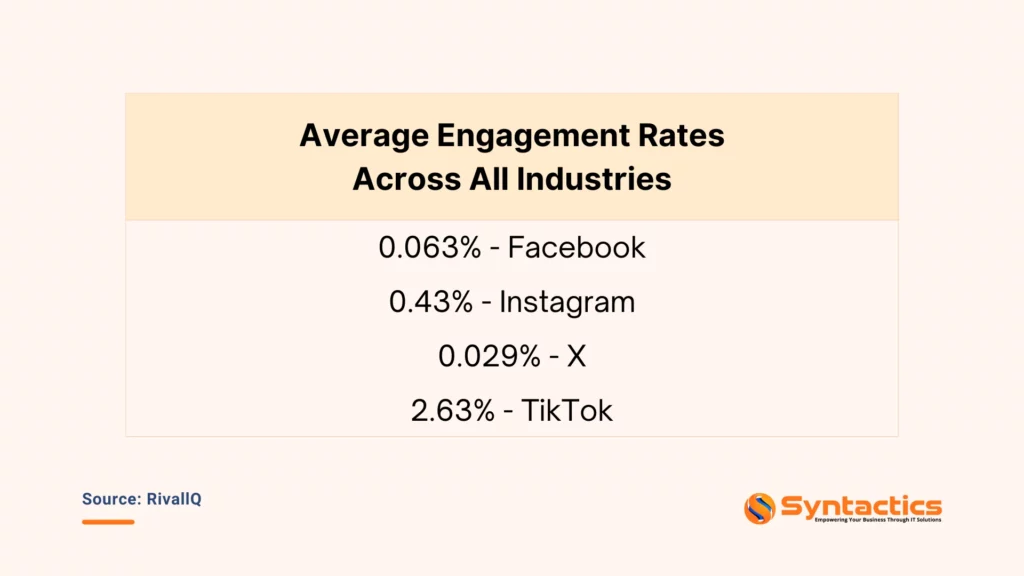
Source: RivalIQ
Use Historical Data
Your past campaign data is a goldmine. Consider allocating more funds to high-performing content formats and channels while adjusting underperforming ones.
To refine your budget, review the following metrics:
- Customer Lifetime Value (CLV);
- Conversion rate;
- Click-Through Rate (CTR)
- Cost Per Conversion (CPC)
- Return on Ad Spend (RoAS), and
- Cost Per Lead (CPL).
A/B Testing for Optimization
A/B testing with different budget allocations, ad creatives, and targeting options reveals which combinations yield the highest ROI, allowing for smarter spending.
Adjust in Real-Time
Monitor performance with tools like Google Analytics, Meta Business Suite, or LinkedIn Campaign Manager to monitor performance. Capitalize on high-performing strategies such as shifting your budget dynamically based on real-time insights.
Benchmark Against Competitors
Achieve better results by understanding your competitor’s investments. Analyzing competitor ad spending with tools like Social Ad Scout or Semrush helps you fine-tune your budget and maintain a competitive advantage.
Planning Your Social Media Budget Template
The allocation of budget for social media depends on your industry. Here’s a glance into how different sectors plan their budgets:
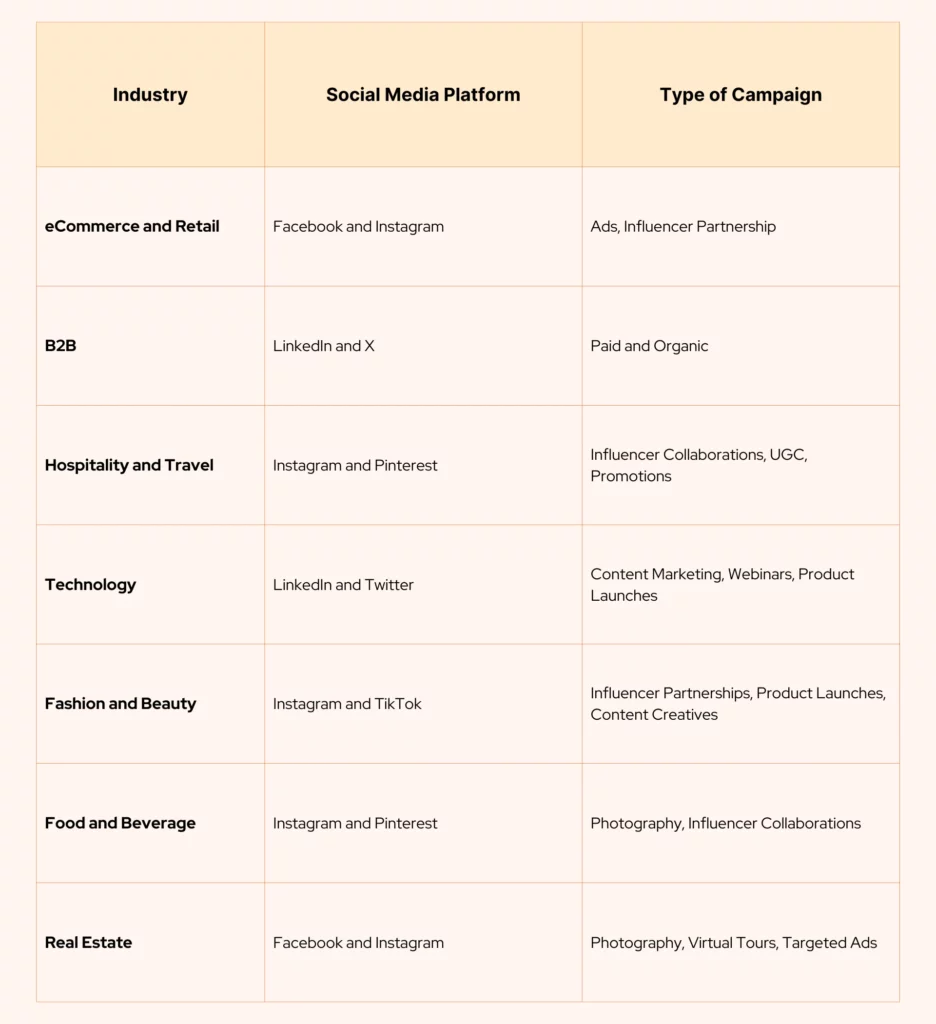
Businesses can also utilize all social networks, with each platform serving a clear purpose.
- Facebook: Paid ads, boosted posts.
- Instagram: Influencer collaborations, story ads.
- X: Promoted tweets, trending hashtags.
- LinkedIn: B2B campaigns, sponsored content.
- TikTok: Short-form video ads.
This segmentation ensures focused spending tailored to each platform’s strengths.
Conclusion
Social media offers marketers unprecedented avenues to connect consumers with brands. That’s why it’s vital to manage your budget to achieve scalable results.
By implementing a well-thought-out plan, businesses can optimize spending and maximize the impact of their social media marketing initiatives.
FAQs About Social Media Budgets
How can businesses balance cost management and effective marketing on social media?
Businesses can balance cost and effectiveness by:
- Prioritizing high-impact platforms;
- Maximizing organic reach with engaging content;
- Optimizing paid ads through A/B testing, and
- Using cost-effective tools like Canva and Buffer.
Investing in data-driven strategies and real-time analytics ensures efficient budget allocation while maintaining strong audience engagement and conversions.
What’s the ideal balance between organic and paid social media?
A balanced strategy typically dedicates 60–70% to organic content and 30–40% to paid efforts for brand awareness. However, for lead generation and conversions, increasing the paid budget to 70–80% ensures faster, measurable results.
Should I invest in influencer marketing or paid ads?
Both strategies work, but influencer marketing can sometimes yield better ROI by building trust and authenticity. However, paid ads offer precise targeting and scalability, making them ideal for immediate conversions. A mix of both can optimize results.







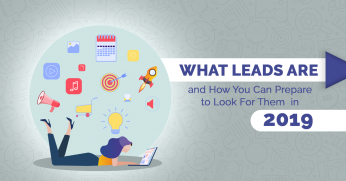
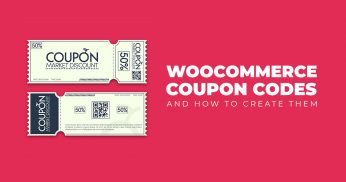



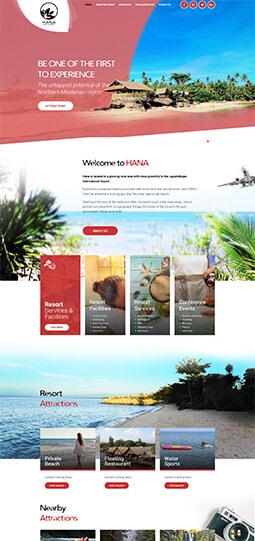
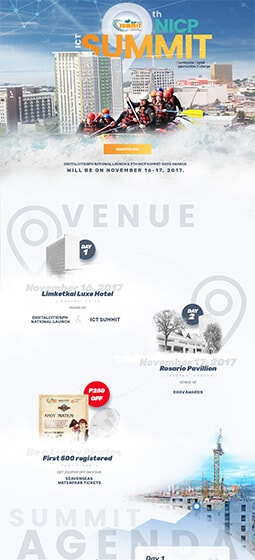

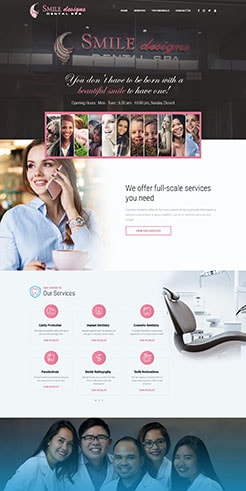
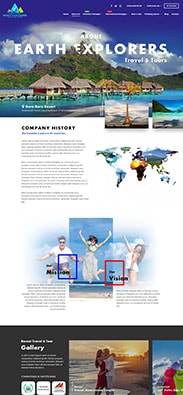

Comment 0